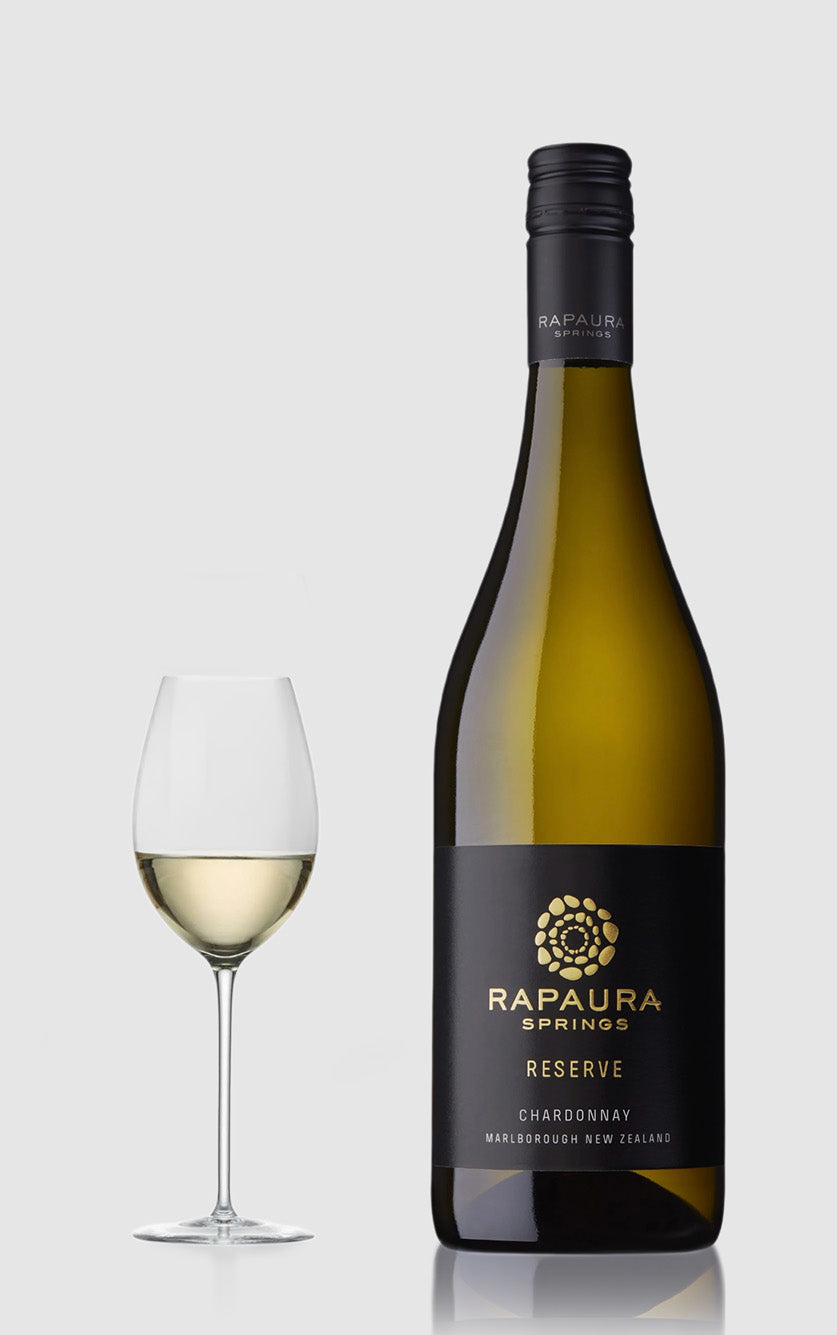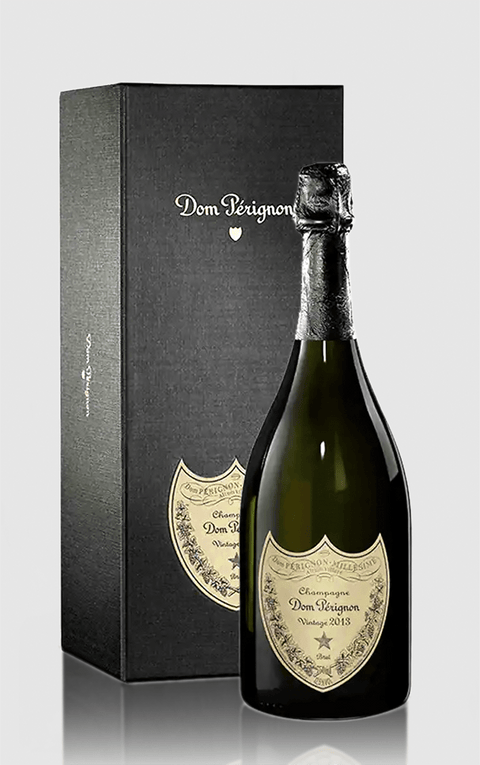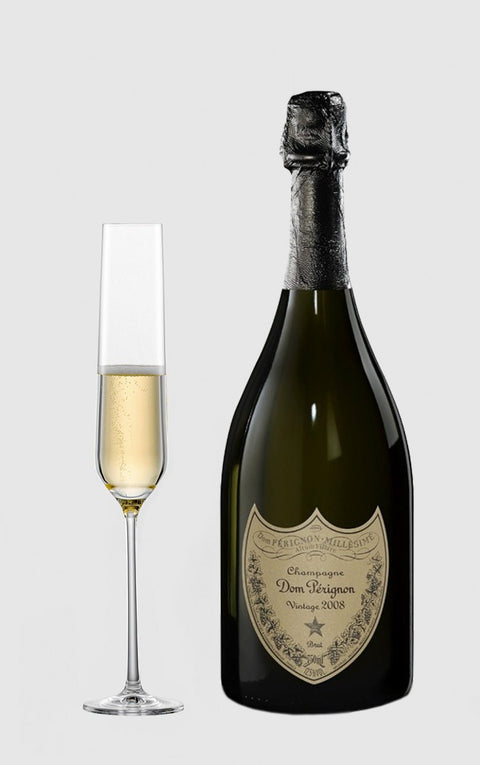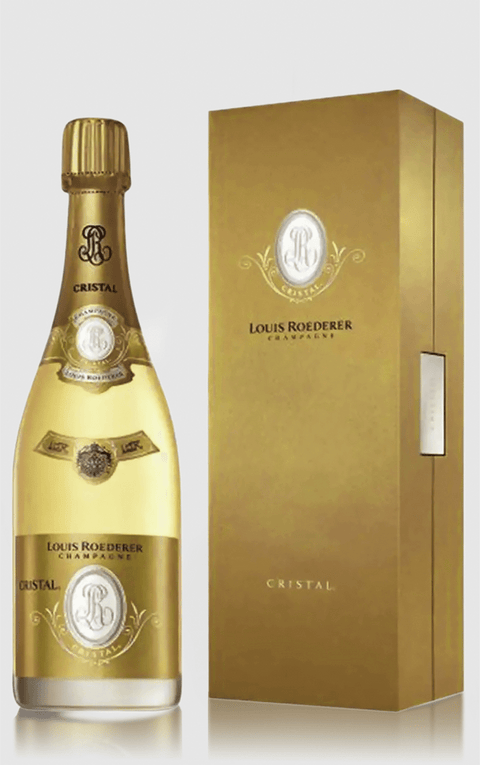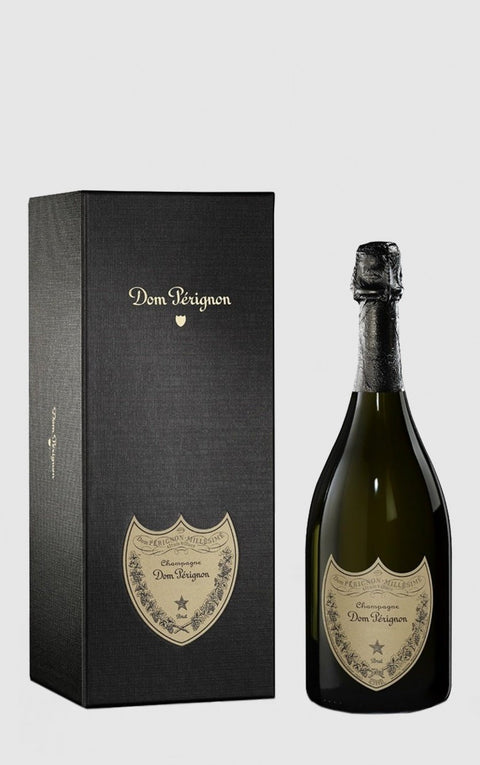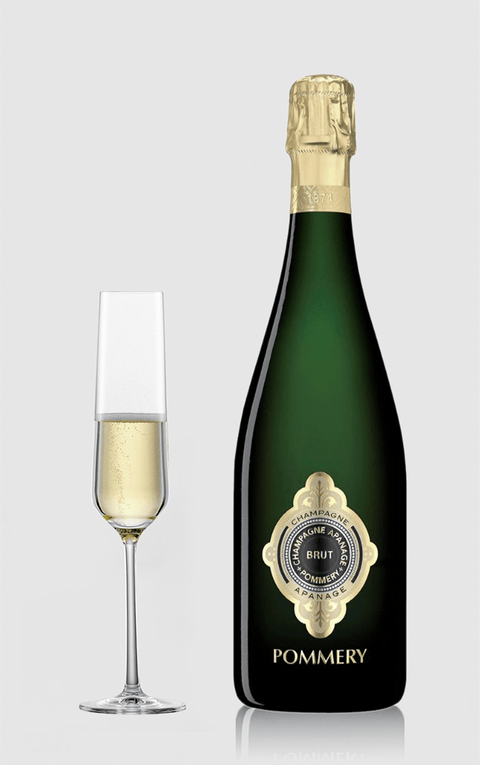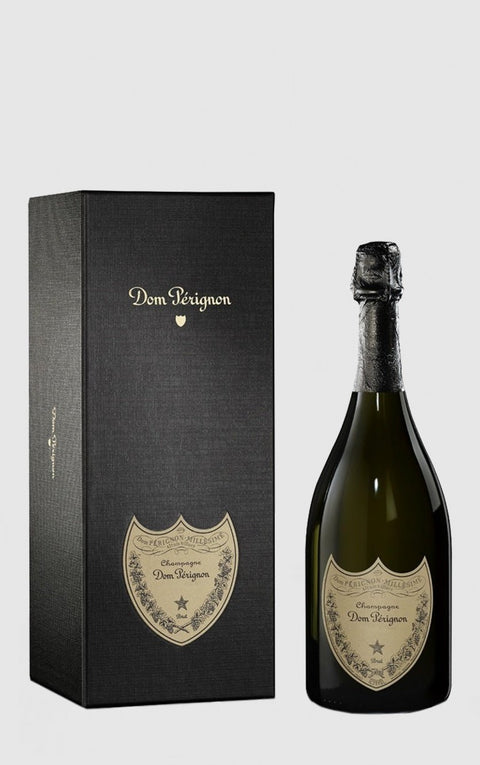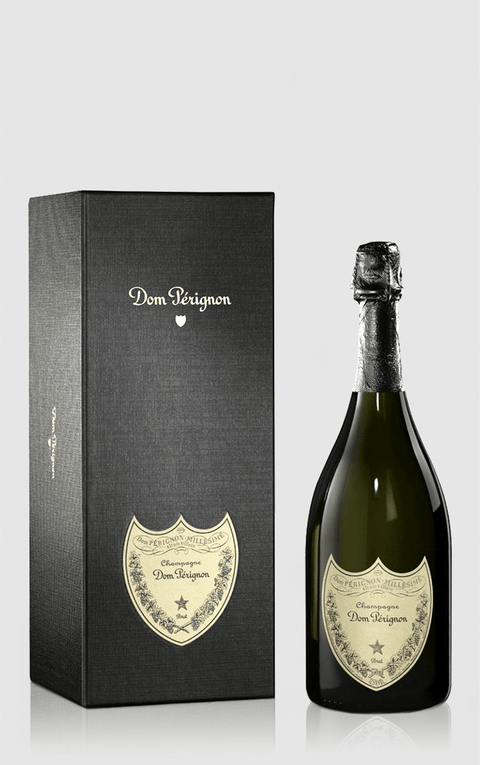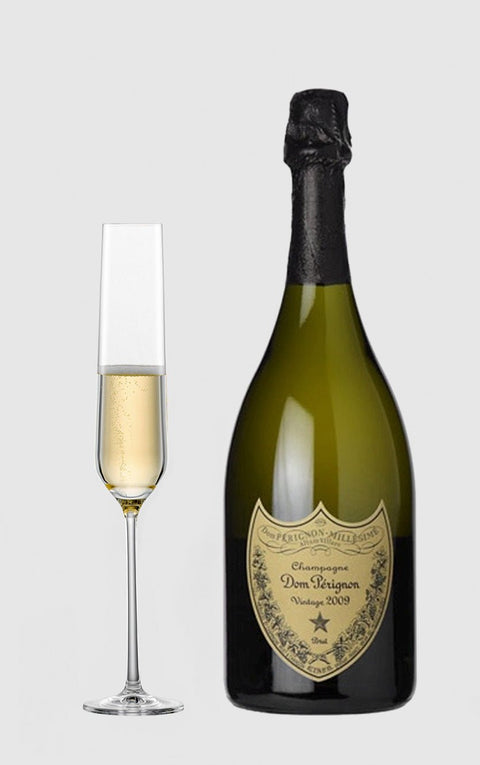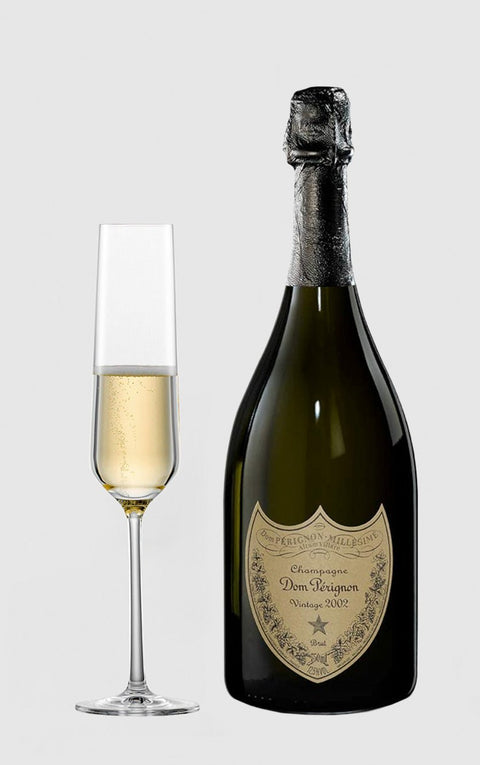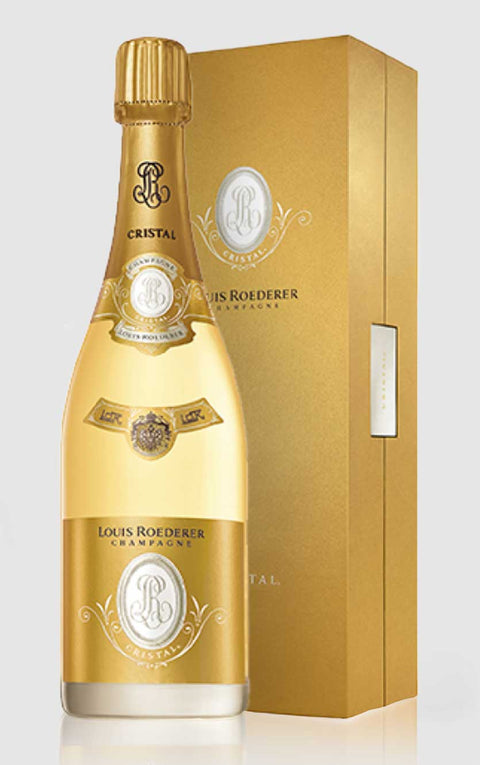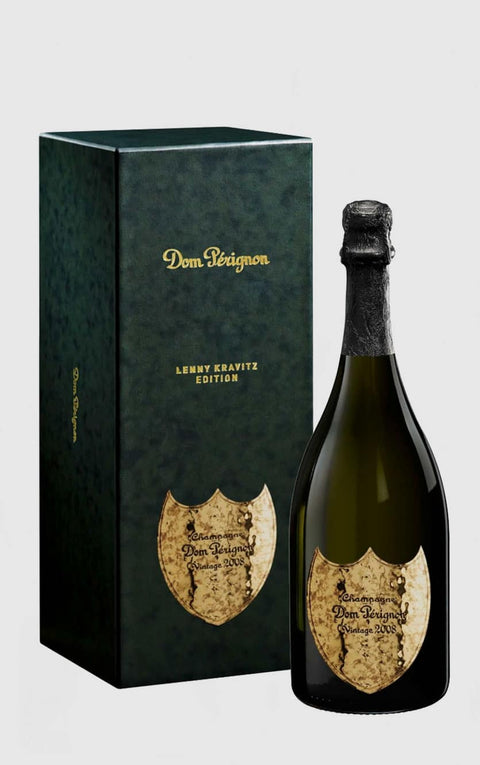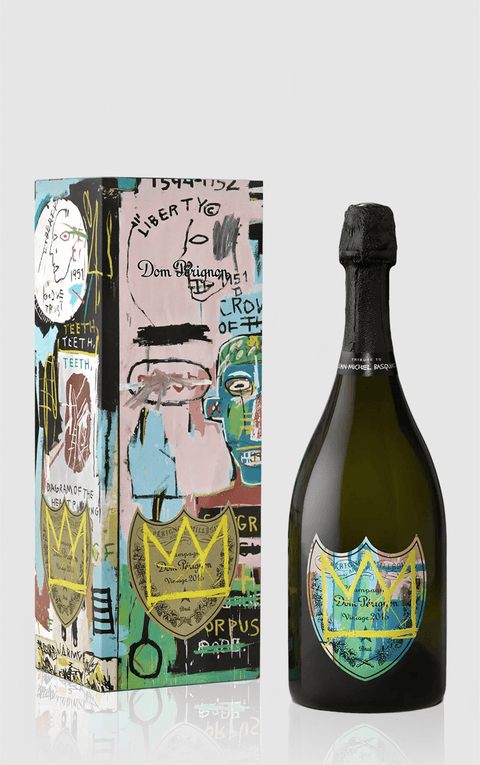
Dom Pérignon Champagne Plenitude P2 2002
Dom Pérignon Champagne Plenitude P2 2002
Anmeldelser
Vivino Rating: 4.6
Wine Enthusiast: 97 point
Suckling: 99 point
Decanter: 96 point
Robert Parker: 98 point
DH Wines: 98 point
Højere rating end 99% af alle andre flasker på markedet
Passer til: Oysters, caviar, sushi, white fish dishes, shellfish, foie gras, smoked salmon, mild and creamy cheeses, citrus fruit desserts, almond and pistachio-based desserts.
Topkvalitet. Andre flasker i denne klasse koster normalt 15% mere.
Details
Details
Country: France
Region: Champagne
Alcohol: 12.5%
Volume:
Year: 2002
Out of stock
Couldn't load pickup availability
Dom Pérignon Plénitude 2 (P2) is an exquisite vintage champagne that has matured for 15 years in the cellars. In its Plénitude state, this champagne achieves a new dimension of liveliness and intensity.
The aroma is full and bubbly with hints of brioche, bergamot orange and stone fruit. The taste is complex with a long, juicy finish and a delicate bitterness.
Robert Parker describes the 2002 Dom Pérignon P2 as a champagne filled with aromas of yellow fruit, dried white flowers, orange oil, smoked peach, peat and praline. It is full-bodied and has a texture with a ripe fruit core, ripe acids and a long, elegant toasted finish. Parker notes that P2 will benefit from another four to five years of aging to reach its full potential.
Dom Pérignon produces only vintage champagne, meaning that each bottle is made from grapes from a single year. Moët & Chandon owns Dom Pérignon, which is the house's most prestigious cuvée. The first production took place in 1921 and was launched in 1936.
Named after the monk Dom Pierre Pérignon, who played a crucial role in improving the wines of the Champagne region in the 18th century, each vintage is unique and created from a blend of Pinot Noir and Chardonnay. The Champagne has excellent aging potential, and the terms P1, P2 and P3 describe the different stages in the aging process. P2 is released after further aging, while P3 represents the ultimate peak.
Sign up for our newsletter here
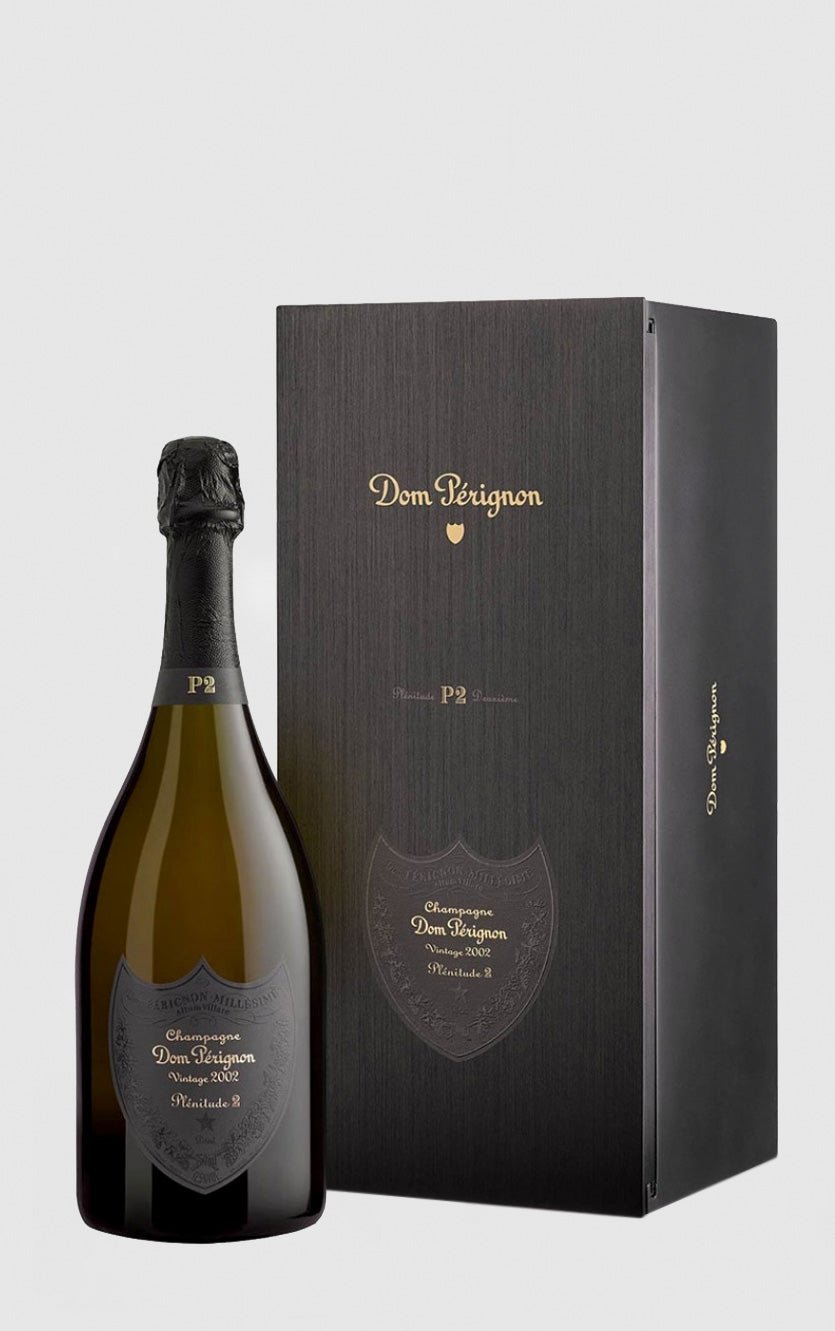
Here is a detailed description of the different types of champagne, sorted by dryness.
Types of sparkling wine
1. Brut Nature (also called Ultra Brut or Zéro Dosage)
Sugar content: Below 3 g/l (no added sugar)
Taste profile: Extremely dry, razor-sharp acidity and mineral character. Very clean and natural taste, where the terroir of the champagne and the original flavor nuances of the grapes stand out clearly.
When to drink it? Best with oysters, shellfish, sushi or as an aperitif for those who like an ultra-dry taste experience.
2. Extra Brut
Sugar content: 0-6 g/l
Taste profile: Very dry, but with a slightly more rounded character than Brut Nature. The taste is still fresh and mineral, with high acidity and finesse.
When to drink it? Perfect with lighter dishes like ceviche, carpaccio or salads with citrus and seafood.
3. Brute
Sugar content: Up to 12 g/l
Taste profile: Dry, but with a bit more balance and roundness. Brut is the most popular type of champagne, as it combines freshness with a light fruity sweetness. The taste often has notes of green apples, citrus fruits, white flowers and a slightly toasted character from the fermentation.
When to drink it? Ideal as an aperitif or with versatile dishes such as poultry, fish dishes, soft cheeses and even lightly spiced food.
4. Extra Dry
Sugar content: 12-17 g/l
Flavor Profile: Despite the name, this type is not dry, but rather semi-dry. It has a slight sweetness that gives it a softer and more fruity profile, but still retains a fresh acidity.
When to drink it? Goes well with foie gras, Asian food with a bit of sweetness (like Thai or Vietnamese dishes) or mild cheeses.
6. Demi-Sec
Sugar content: 32-50 g/l
Taste profile: Distinctly sweet with a silky texture. The taste has notes of tropical fruits, candied citrus, honey and brioche. However, the acidity keeps it fresh and not overwhelmingly heavy.
When to drink it? Ideal with sweet desserts like crème brûlée, fruit tarts or nut-based cakes. Can also be an exciting contrast to strong cheeses like Roquefort.
7. Sweet
Sugar content: Over 50 g/l
Taste profile: Very sweet, almost like a dessert wine. Has intense notes of honey, caramel, dried fruits and exotic spices.
When to drink it? Perfect as a dessert on its own or with the sweetest desserts like chocolate fondant, panna cotta or vanilla ice cream with caramel.
Which champagne should you choose?
Which champagne should you choose?
• For aperitif or seafood: Brut Nature or Extra Brut
• For versatile meals: Brut or Extra Dry
• For desserts: Demi-Sec or Doux
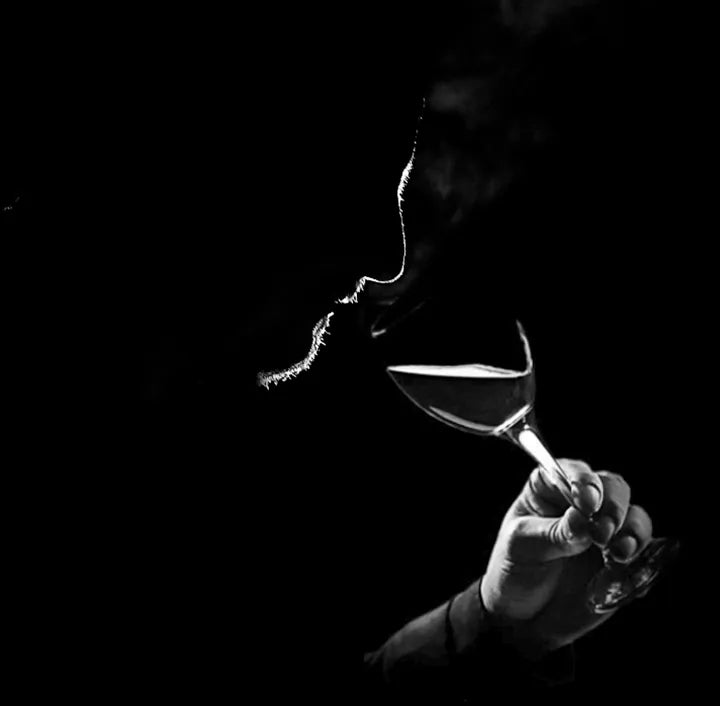
A new generation of wine enthusiasts
DH Wines
A true wine cellar in the best sense of the word… Here you can meet Daniel Hansen, a passionate self-taught wine connoisseur who can tell every story related to the entire cellar's assortment. The ambition is to cover the entire palette of wines from the easy-drinking companions that are served for close conversations between people to the attention-demanding and ambitious wines that draw wine connoisseurs deeper into the enormous and wondrous universe of wine.
In other words, you can buy wine here for everyday use and parties, for entertainment and for the bladder, to quench your thirst or to take your food to new levels.
Sign up for our newsletter - Never miss out on super offers!
Great offer
-
 ★ 95 – DH Wines★ 4.6 – Vivino
★ 95 – DH Wines★ 4.6 – VivinoVigna Madre Degá Negroamaro 2021
-23% rabatRegular price 99,00 DKKRegular priceUnit price / per129,00 DKKSale price 99,00 DKKSale -
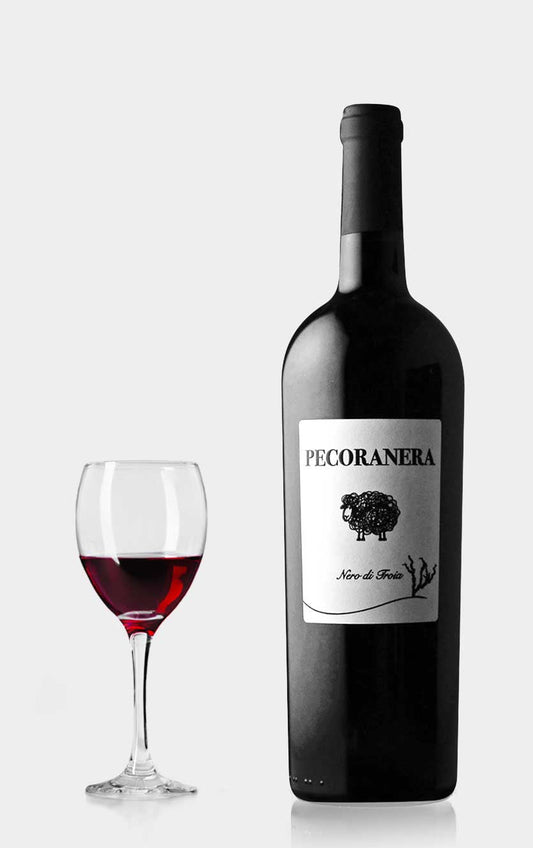 ★ 95 – Wine Enthusiast★ 95 – DH Wines★ 4.6 – Vivino
★ 95 – Wine Enthusiast★ 95 – DH Wines★ 4.6 – VivinoRisveglio Pecoranera Nero di Troia 2021
Regular price 99,00 DKKRegular priceUnit price / per149,00 DKKSale price 99,00 DKKSold out -
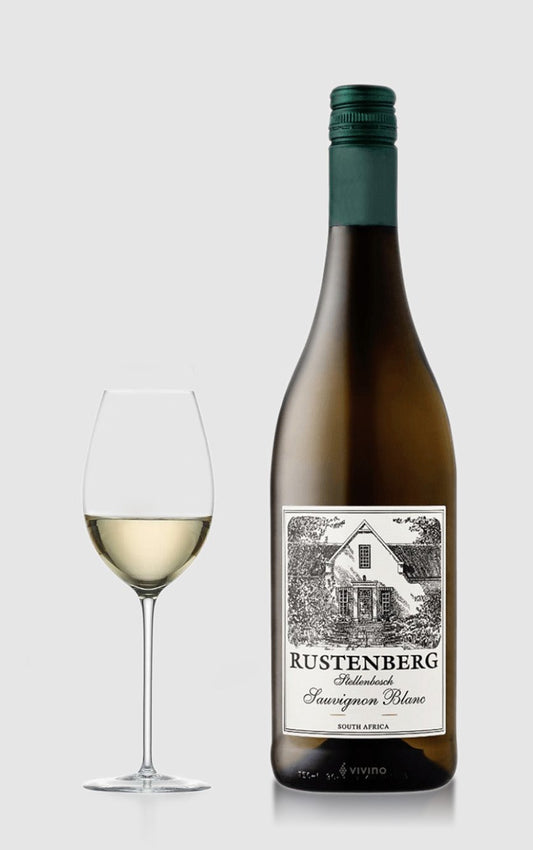 ★ 93 – James Suckling★ 92 – DH Wines★ 3.8 – Vivino
★ 93 – James Suckling★ 92 – DH Wines★ 3.8 – VivinoRustenberg Sauvignon Blanc 2022
-22% rabatRegular price 139,00 DKKRegular priceUnit price / per179,00 DKKSale price 139,00 DKKSale -
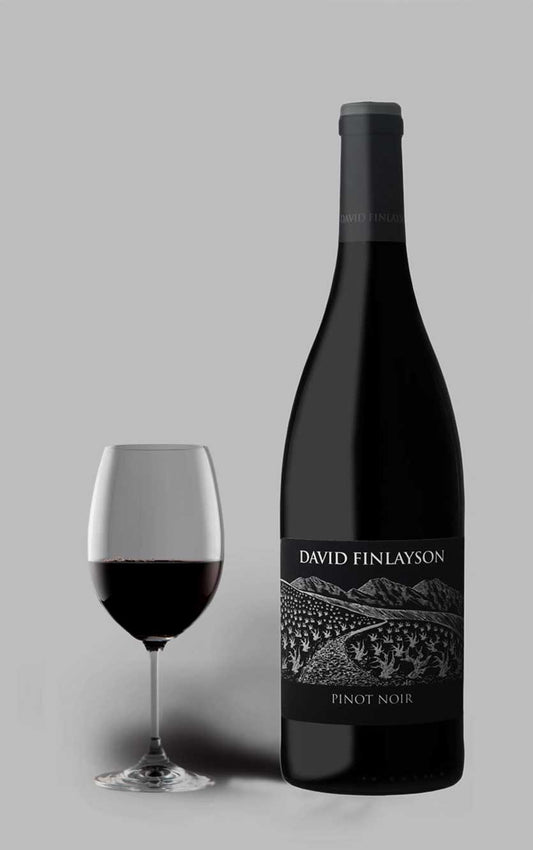 ★ 92 – DH Wines★ 3.8 – Vivino
★ 92 – DH Wines★ 3.8 – VivinoDavid Finlayson Pinot Noir 2022
-18% rabatRegular price 129,00 DKKRegular priceUnit price / per159,00 DKKSale price 129,00 DKKSale
